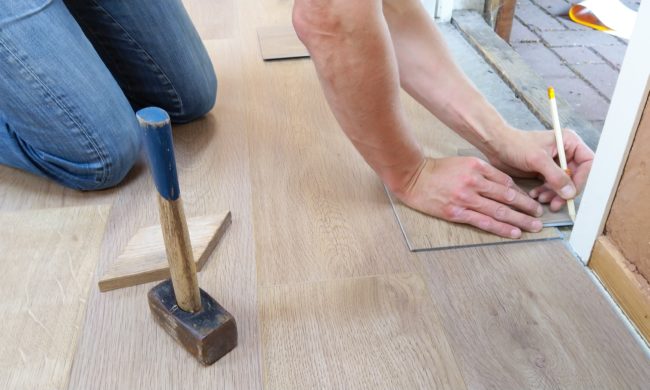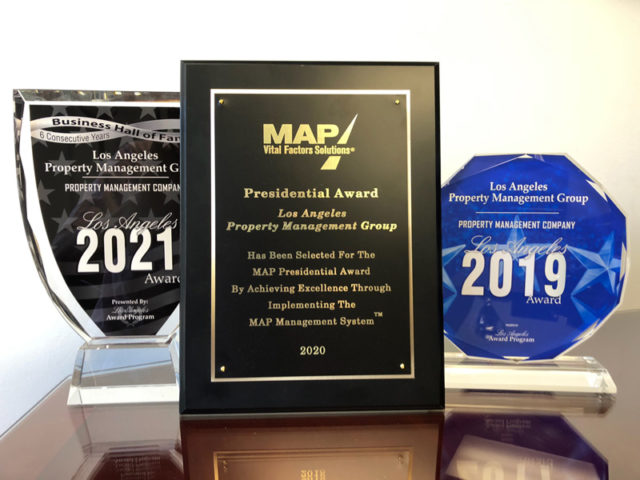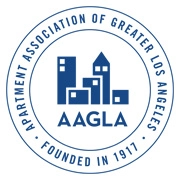In the field of real estate, we get to look at so many different kinds of properties. All of them are unique in their own ways. Your realtor introduces you to the property in Burbank, tells you about its qualities and you buy the one which is your favorite and that fits right into your budget. Sounds easy, right? However, life is anything but easy. The most confusing part about all of this is the measurement range used by realtors for different properties. One realtor might prefer talking in square meters while others might like speaking in yards or square feet. And you might be wondering how many square feet in a square yard? Or, how to convert square feet to square meter? You’re not alone. You could go the Google way or you could just play at learning how to convert them.
So, here’s a compiled list of measurements that are often used in real estate. This simple and quick guide should help you out in understanding more about the prospective property you are investing in.
Acre
An acre is a unit that is often used to measure farms, forests or college campuses that lie sprawled over a large area. It is a pretty big unit, which is why it is used to define the dimensions of larger areas as well. You will never see the unit of acre being used while describing residential properties and/or properties for taller buildings. However, if you’re looking to buy a large mansion, then you might have to consider this unit. Just remember that 1 acre is equal to 4046.85 square meters.
Square Miles
1 square mile is equal to a staggering six hundred and forty acres. Square miles are used to measure the dimensions of housing colonies, rows of business buildings and other such big land mass and buildings. Government owned properties of housing colonies are often listed in units of square miles. Once you know the estimated area of an acre, a square mile should be easy to understand. In case you are looking for a comfortable housing colony, and the realtor is generously talking in square miles, knowing how many acres the unit comprises of should help.
Square meter
A place that has the dimensions of one meter by one meter has the area of one square meter. One square meter is 10.76 square feet. Knowing this will come in handy if the realtor prefers to refer to areas of properties you might be looking to buy in square meters. However, square meters can also be used as a unit for measuring playgrounds, parks and commercial recreation centers.
Square yard
One yard is 0.914 meters. Yards and square yards are units used for measuring landscaping elements for real estate properties as well. For example, how many square yards of lawn do you want to mow or weed. How many yards is the deck in front of your house. Or, how many square yards is the swimming pool and so on and so forth. One square yard is actually nine square feet.
Square feet
1 feet is 30.48 centimeters or 12 inches. Square feet are often used to define the dimensions of studio flats and apartments. Sometimes they are used to describe the area of smaller bungalows as well. Since they are smaller units, square feet can be used for privately owned houses as well. A 9 square feet area of a property is more commonly known as one square yard.
Square Inch
Twelve inches make one feet. So, one square inch would, by the same rule, be 0.00694 feet. But since inch itself is a basic unit of measurement, you don’t always need the help of a conversion rate. Inches and square inches are used for measuring only specific parts of a house you’re buying including, but not limited to,the length and area of a wall against which you want to prop your television, the kitchen cabinet area or the area of the counter tops.
Cubic Feet
This is a unit of measurement that is used specifically for measuring volumes, not area. Like for measuring the depth and volume of the swimming pool and for pot planters for the yard. 1 cubic feet is 0.028 cubic meters. This will come in handy if you are looking to buy a place that has a pool in it.
Those are some of the commonly used measurements that are used by real estate estate agents. How many do you know? How many have you learned? Go on challenge your partner! And in case you don’t think you can remember them all, good ole Google can help you out.









